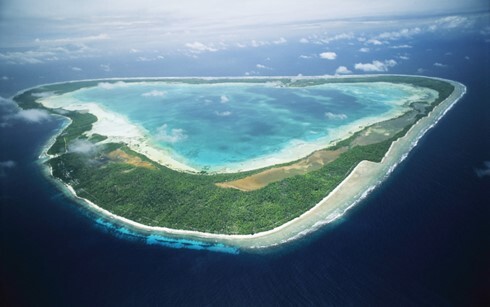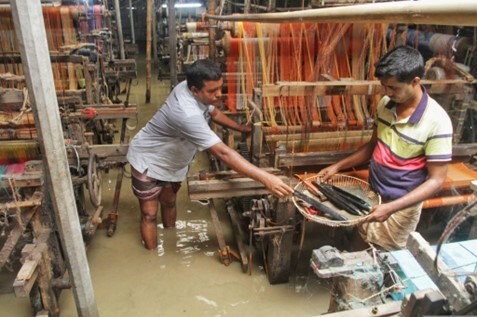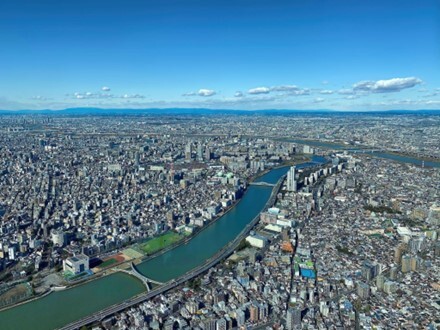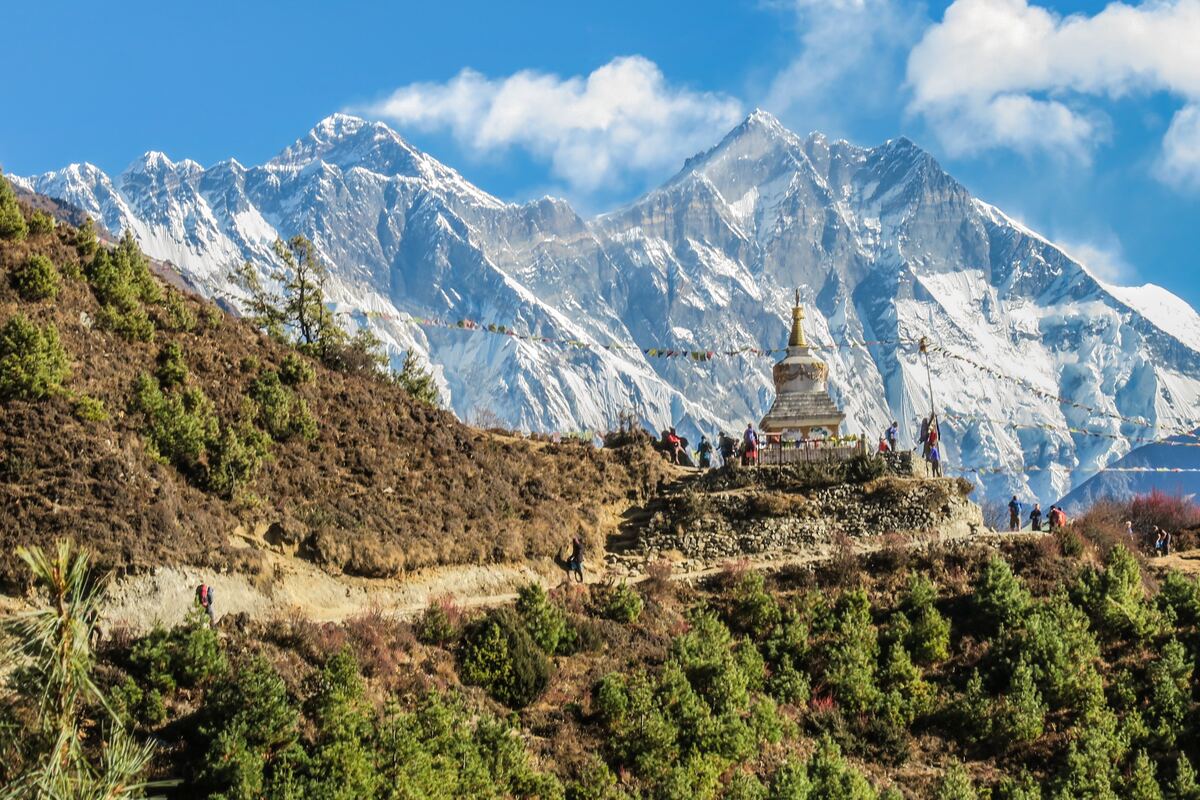
Photo: Charly W. Karl from Flickr

Photo: Flickr
BASIC INFORMATION
| Source |
Kiribati Joint Implementation Plan for Climate Change and Disaster Risk Management |
|---|---|
| Date posted | January 21, 2020 |
| Version | 1 |
| Periods | 2019 - 2028 |
Goals
Increase resilience through sustainable climate change adaptation and disaster risk reduction using a whole-of-country approach
Stakeholder Engagement
KJIP Principle
- As one of the principle, governance of the KJIP should be both gender inclusive and inclusive of all key stakeholders including the private sector and civil society given, their critical role in the planning and implementation processes.
- Women should be recognized as a distinct stakeholder group in the implementation process and reporting on the KJIP should be able to demonstrate how women have influenced the planning and implementation process.
- As part of the process of developing and implementing the KJIP, roles and responsibilities of all stakeholders will be clarified, collaboration and coordination enhanced and the competition for resources reduced.
The Kiribati National Expert Group (KNEG),
- KNEG, which will act as a coordination mechanism for climate change and disaster risk management initiatives, ensure holistic, inclusive and strategic approach of all KNEG stakeholders
The Climate Change and Climate Risk Communications Strategy
- The strategy outlines clear and targeted communications initiatives aimed to help the government to promote priority actions. It identifies the key messages, channels and tools to reach national and community stakeholders, civil society organizations, agencies and development partners.
Risk Assessment
Climate risk assessment (current trend, future projections)
Current trend
TEMPERATURE: Annual and seasonal mean air temperatures are getting warmer:
- Maximum temperatures have increased at a rate of 0.13°C per decade.
- Annual and seasonal maximum and minimum temperatures have increased in Tarawa since 1950.
SEA SURFACE TEMPERATURE:
Water temperatures have risen since the 1970s:
Gilbert Group : approximately 0.15°C per decade;
Line Group : approximately 0.1°C per decade; and
Phoenix Group: approximately 0.12°C per decade.
Since 1950 the rise has been gradual in the waters around the Gilbert Islands, but it has been variable from one decade to the next in the Line and Phoenix Islands.
PRECIPITATION:
Annual rainfall has increased:
- Annual and wet season rainfall has increased for Kiritimati but there is no trend in the dry season.
- At Tarawa, rainfall data show no clear trends.
- At both the above sites, rainfall has varied substantially from year to year
SEA LEVEL RISE:
- Sea level measured by satellite altimeters has risen by1–4 mm per year (global average is 3.2 +/– 0.4 mm per year).
- Sea level rise naturally fluctuates from year to year at levels of about 26 cm. There are also decade-to-decade variations. These fluctuations over both timeframes are a result of phenomena such as ENSO.
Future projection
TEMPERATURE:
Surface air temperature will continue to increase (very high confidence). Under a high emission scenario. Annual and seasonal mean temperature will increase by 0.6 1.2°C for the Gilbert Islands and by 0.5 1.2°C for the Phoenix and 0.6 1…1……1 0 C Line Islands by 2030 (high confidence). Annual temperature increases could be greater than 3°C by 2090 (moderate confidence).
SEA SURFACE TEMPERATURE:
Sea surface temperature will continue to increase (very high confidence): Sea surface temperatures will increase by 0.6 0.8°C by 2035 and by 1.2 2.7°C by 2100
PRECIPITATION:
Wet season, dry season and annual average rainfall will increase in
the Gilbert G roup and lower in the Line Group (high confidence).
Annual and seasonal mean rainfall will increase (>5 per cent by
2030. The majority of models simulate a large increase (>1 5 per
cent by 2090 (low confidence).
SEA LEVEL RISE:
Mean sea level is projected to continue to rise (very high confidence):
Mean sea level will rise by approximately 7 17 cm by 2030 and 38
87 cm by 2090 under the higher emissions scenario (moderate confidence; see Table 5 and Figure 7. Inter annual variability of sea level will lead to periods of lower and higher regional sea levels. In the past, this inter annual variability has been about 23 cm (5 95% range), after removal of the seasonal signal see dashed lines in Figure 6 and it is likely that a similar range will continue through the 21st century. The sea level rise combined with natural year to year changes will increase the impact of storm surges and coastal flooding. Scientists warn that due to the melting of large ice sheets such as those in Antarctica and Greenland, rise could possibly be larger than predicted. But currently not enough is known to make predictions confidently.
data sources
Current trend
TEMPERATURE:
Kiribati Meteorological Service, Australian Bureau of Meteorology and Commonwealth Scientific and Industrial Research Organisation KMS, BoM& CSIRO). (2015) Current and future climate of Kiribati.
PRECIPITATION:
KMS, BoM, and CSIRO (2015).
SEA LEVEL RISE:
Figure 7. Observed and projected sea level change in Kiribati relative to 1990 levels
Date Source: KMS, BoM, and CSIRO (2015).
Future projection
TEMPERATURE:
Kiribati Meteorological Service, Australian Bureau of Meteorology and Commonwealth Scientific and Industrial Research Organisation (KMS, BoM& CSIRO). (2011) Climate change in the Pacific: Scientific assessment and new research. Volume 1: Regional Overview. Volume 2: Country Reports Chapter (6): Kiribati. Kiribati Country Brochure.
SEA SURFACE TEMPERATURE:
Bell, J.D., Johnson, J.E. Hobday, A.J. (2011) Vulnerability of tropical Pacific fisheries and aquaculture to climate change Noumea, New Caledonia: Secretariat of the Pacific Community.
SEA LEVEL RISE:
Table 5. Climate change projections of variables with different emission scenarios: Climate variable and emission scenario
Data Source: Commonwealth Scientific and Industrial Research Organisation (CSIRO) (2011) The Pacific Climate Change Program. Climate Futures.
Planning
Priority sectors
The KJIP is closely aligned with the Climate Change Policy (CCP), the Kiribati Development Plan 2016-2019 (KDP) and the Kiribati 20 Year Vision 2016-2036 (KV20). Key National Adaptation Priorities (KNAPs) have been identified in the CCP and have now been integrated into the KJIP.
- Coastal protection and infrastructure
- Food security
- Water security
- Energy security
- Environmental sustainability and resilience
- Health security
- Disaster risk management
- Unavoidable climate change impacts
- Capacity building and education
- Climate finance
DRR
Enhance coordination between climate change adaptation and disaster risk management programmes and legislation, by government departments, island councils, NGOs, FBOs and the private sector in a collaborative manner across sectors and link these
to our development aspirations.
NbS / EbA
N/A
Implementation
Implementation structure
The newly established KJIP Secretariat under the Office of the Beretitenti will facilitate the coordination, implementation, monitoring and evaluation of the KJIP through the KNEG, guided by the Development Coordination Committee.
In Parliament and Government Level
The Parliament Select Committee on Climate Change will inform Cabinet decisions. Development Coordinating Committee (DCC) interacts with Cabinet.
In Ministerial and Societal Level
DCC guides the Climate Change and Disaster Risk Management Unit of the Office of Beretitenti (OB) that will facilitate the coordination, implementation, monitoring and evaluation of the KJIP. KNEG as the multi-sectoral coordination mechanism and Ministry of Finance and Economic Development work with OB to facilitate actions by relevant ministries and NGOs, CSOs, and Faith-based organizations.
The KJIP Secretariat, hosted by the OB will be responsible for
coordinating the implementation, monitoring and reporting of the KJIP. It will convene and facilitate meetings of the KNEG and ensure that relevant information is shared with all KNEG members, partners, observers and the public. It will be a focal point for new climate change and disaster risk management initiatives and will act as a guiding partner for the KNEG and its members.
M&E
M&E Implementation status
A comprehensive monitoring and evaluation framework is being developed in 2019 which guides development of an ongoing monitoring and evaluation system.
KPI and other indicators
Monitoring and evaluation framework refines the set of indicators that are ultimately reported against. This also defines the data collection systems and approaches to using that information. Where appropriate, KDP and KV20 indicators have been integrated into the performance indicators of the KJIP against the KNAPs. Selected indicators from major climate funds and indicator frameworks also have been integrated into the KJIP against the KNAPs to harmonise monitoring and reporting structures while also facilitating the development of climate finance proposals as per KNAP #1 Climate finance.
At the ministerial level, the KJIP strategies are to be monitored through the annual Ministry Strategic Plans, which will have to incorporate relevant KJIP actions and performance indicators. Detailed baselines and targets for the performance indicators will have to be identified by the respective national stakeholder (government or non-government) that has been identified as the responsible lead agency
Changes/additions to the updated version of the document, if any
The KJIP Secretariat through the KNEG will compile a biannual KJIP Progress Report. Since the KJIP is a 10 year plan, it will be reviewed in alignment with the KDP period, with the first one due by 2019 that inform a midterm evaluation in 2020. Progress reports and reviews
have to be approved by the Development Coordinating Committee before being endorsed by cabinet.
*Information on the first evaluation is not available online
Status of supports by international organizations, if any
The revision of the KJIP was undertaken through NAP Global Network’s U.S. In Country Support Program for Kiribati implemented by the International Institute for Sustainable Development (IISD) and financed by the U.S. Government.
Related Information
KEYWORDS
- # Adaptation Policy
- # Agriculture
- # Biodiversity/Ecosystem
- # Coastal Areas
- # Energy
- # Fisheries
- # Forests/Forestry
- # Human Health
- # Life of Citizenry and Urban Life
- # Local Communities
- # Natural Disasters
- # Tourism
- # Water Environment/Water Resources
- # Adaptation Action/implementation
- # Adaptation Funding/Finance
- # Adaptation Planning/Policy
- # Capacity Building
- # Climate Projection
- # Disaster Prevention/Disaster Mitigation
- # Impact Assessment/Risk Assessment
- # International Cooperation
- # Locally-led Adaptation
- # Nature-based Solutions
- # Oceania
- # Kiribati




